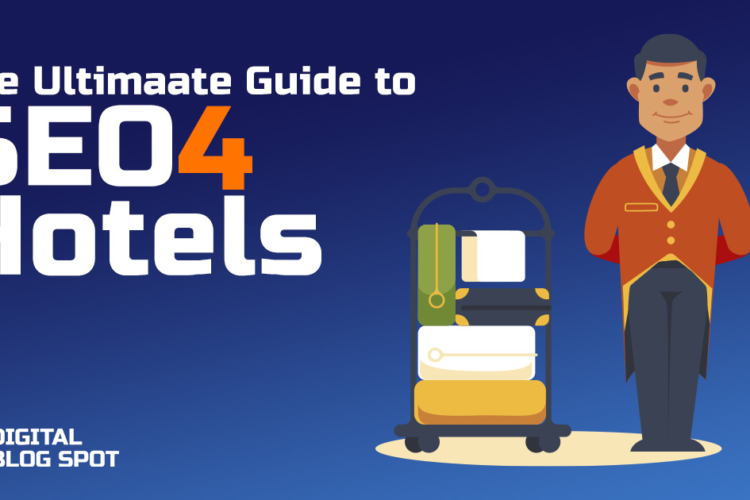
Ever heard the terminology “learning curve”? Well, Semantic search is the product of search engines’ learning curve. See, as you certainly know by now everything in life goes through a timeline of development.
Be that a gene, a virus, or a human brain, the thread of examples doesn’t end. That also applies to search engines’ algorithms.
Since their rising in 2010, search engines have been experiencing a non-stop development curve. But, that curve is not rising uniformly. As technology advances, that curve is seeing a large development in its pace of growth.
In the past they were extremely literate, they were just text-finding machines. They used to look for repetitions of a certain keyword within a blog or how many links are pointing to a website, so they can shove you up with some search results claiming that they are the best match.
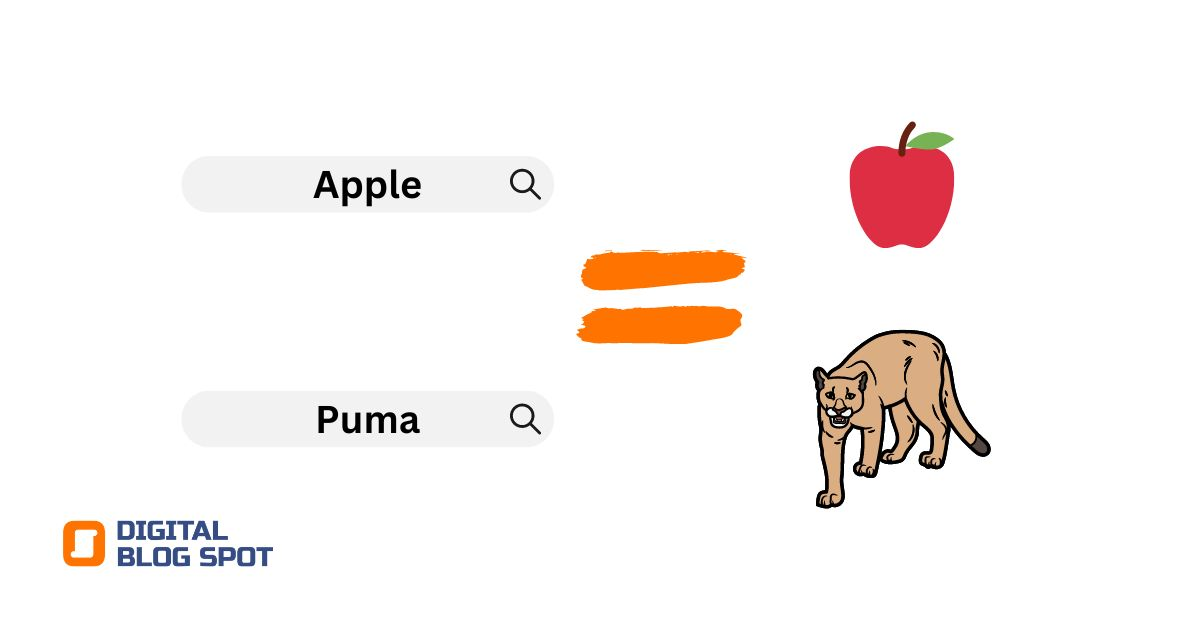
That schema however was exposed a few years later. Some users would search their inquiries in the following format “What is a chopstick? and how can I get one?” but the results came out to each question separately.
In response, Google would provide some results to answer the first question and some results to respond to the second question as if it had nothing to do with the first one.
It could have suggested a search result that teaches you how to get the number 1 using some mathematical calculations.
And that is a result of Google just considering keywords like a typical computer at the time without any understanding of their meaning. It was playing a matching game.
SEO specialists in the past used to shove their articles with the keyword, that they wished to rank for and try to grab as many backlinks as possible to place their articles on the first page and it used to work!
But here they stopped and started asking how we can make this better? and it all started from there.
What is the meaning of semantic search?
Semantic search is the development process of search engines to understand the contextual meaning of blog articles and user searches instead of just counting the number of keywords.
Google and other search engines are aiming to always deliver the best search results to their users. When blog authors start over-optimizing content in order to rank their articles among the top results, they sometimes lose focus on what is really important.
Now search engines are trying to understand the search intent of the different search queries as well as the semantic meaning of every published blog post, in order to deliver relevant results based on real understanding of the context of those search results.
How Does Semantic Search Work?

Semantic search is being taught to think more like a human than a robot. And to try and understand how semantic search works, you will have to study the way humans read and write their articles if they were not driven by any evaluation criteria.
Evaluating Search Intent
The first thing that happens when you ask anyone around you a question, is for them to make a quick judgment about the reason of your question.
For example, if you ask one of your friends about the best SEO tools, they would come back to you with a list of the tools that they’ve tried or believe are best.
in the past search engines were literate, so you could have got some results from other people asking “What are the best SEO tools” and trying to find out a reply to their comments.
But now they understand the search intent of a query and try to respond with topics that give the answer to that question.
The way they do that is through learning some common schemes of human language. for example, when you start a question with “What, when, who, where, or how” then the intent of your search queries is most probably to get information.
However, if you are searching with “what are the best”, or “How much is”, then your search intent will be taken as a commercial query and so on.
Natural Language Processing
Along the process of their development, search engines had to accommodate the thing that made humans more capable of learning, and that is their own memory and understanding.
NLP is a way of machine learning and deep learning models based on Artificial Intelligence and statistical analysis of human languages to make them more capable of understanding text the same way humans do.
NLP has become a major factor in the way a search engine works. Search engines wanted to work more like a human librarian who has a major idea about what each blog has to say, rather than being a large index of articles.
When a search engine is capable to read and understand the context of each blog post, it would be able to list the articles based on an expert opinion.
As if the librarian in a local library recommended books based on his logical evaluation after reading each book in his library.
Relevant contextual keywords
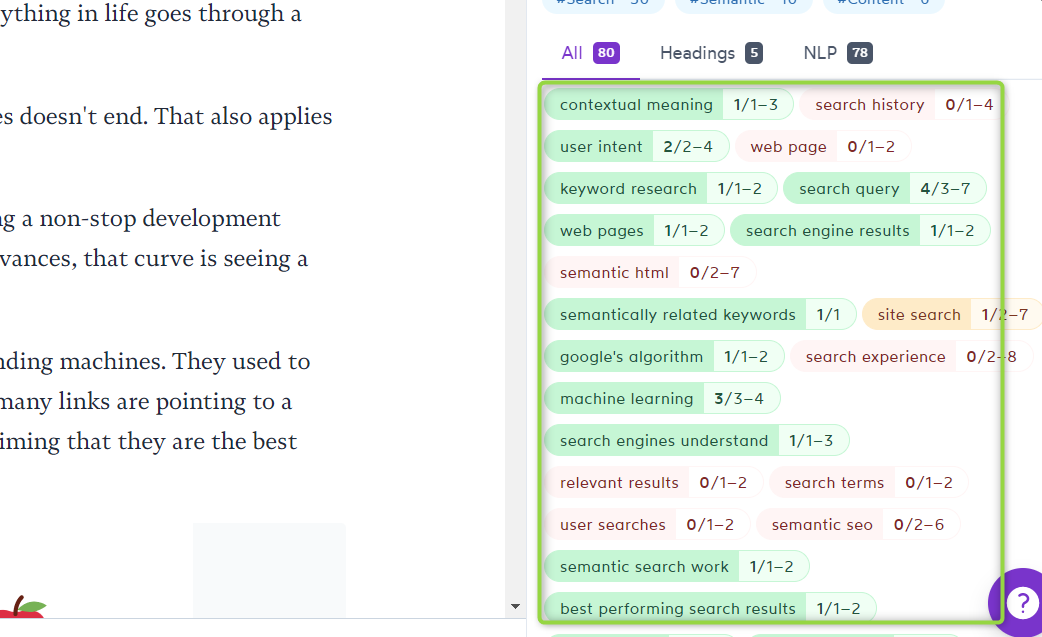
Semantic search seeks to understand how much a topic is relevant to a specific search query and then rank it among the appropriate search engine results page.
One way to determine that is to realize the number of relevant keywords mentioned in an article. For example, no one can speak about “cooking” without mentioning “kitchen, stove, fridge, knife, heat up” and so on.
The number of relevant keywords used in a blog post can work as a major way of telling Google that the user is not vaguely mentioning the search term. He is however speaking closely about the searched query intent.
One of the tools I am personally using to help me with SEO efforts gives great focus to keywords and how much to use each of them based on its analysis of the top results.
That tool is Surfer SEO and it is placing its recommendations based on NLP and deep analysis and understanding of the top 10 search results. Along with other SEO optimization tools, you can be able to craft an SEO strategy that greatly matches today’s SEO ranking methods.
Structured Data
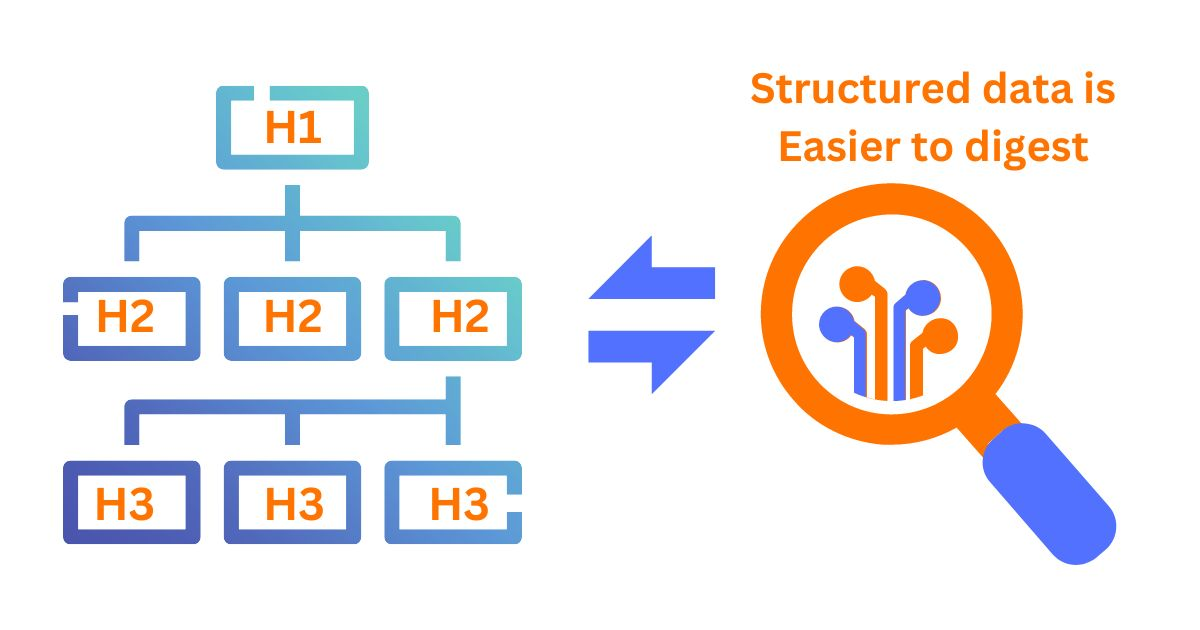
Making sense, that’ all there is
Of course, you can’t proceed with writing a conclusion before finishing your article. You can’t also start speaking into the heart of doing something before giving an idea about what it is.
That is all about structured data. When you break up your data into bits of understandable information titled with clear organized headers, that will not only be easier for your audience to digest but also for any search engine.
Semantic search engines in spite of how advanced they have become, are still machine learning models. So, the easier you make it for them to process the information on your web page and understand it, the higher the rank you can achieve.
Once a search engine gets hold of what a user’s intent is behind a specific search query, he will try to give him the best understandable most precise article to cover his need.
The History of Semantic Search
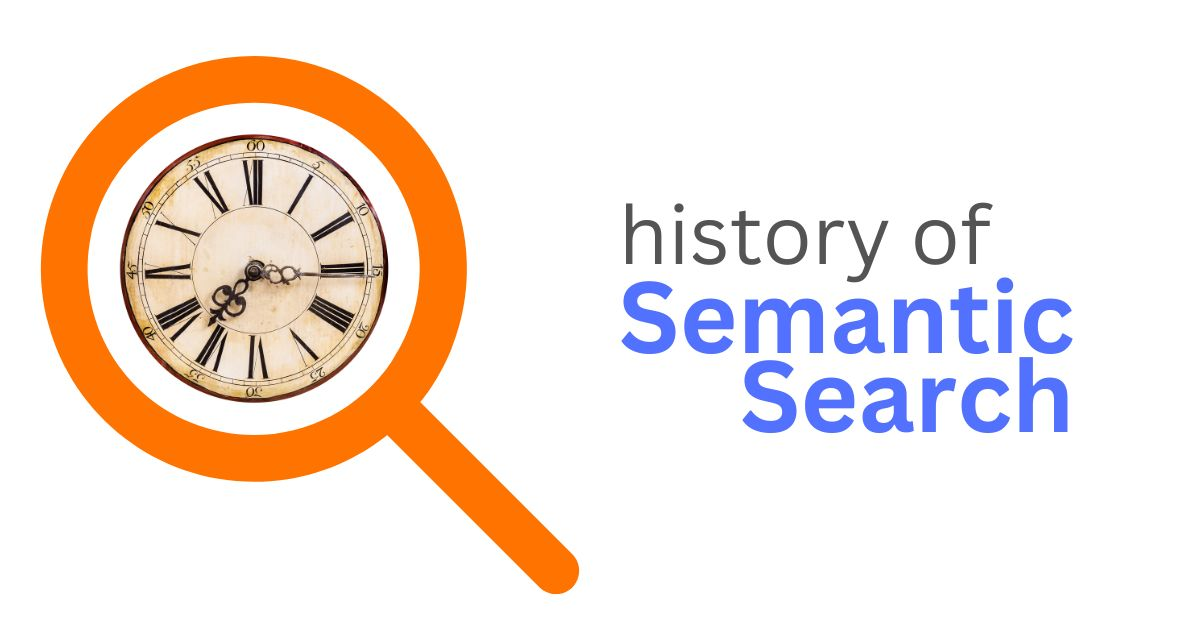
A search engine as we know it today has not come to be the way it is in a few rounds of enhancement. It has gone through a long development process that took years and is still ongoing.
The Knowledge Graph (2012)

The knowledge graph is like a baby learning to store memories and relate them to an image or a specific meaning. As per Google the relationship between entities was described as things, not strings.
That means that each search engine developed a database of information about people, places, and things which were all combined and called “entities”.
That database worked as a database that a semantic search engine got back to in order to analyze search strings and give them meaning. That way they were considered in the true semantic meaning they hold.
Take for example if Google understands that a user is searching for “Puma”, he would reach a result about the corporate instead of an article stating information about the wildlife Puma.
The Hummingbird Update (2013)
With the hummingbird update a search engine developed the possibility to read and understand the meaning of a search query made using human language.
That was a result of humans using voice search to look for what they wanted. Of course, they spoke human understandable language instead of stating a set of specific keywords that can get a search engine close to what they intend to search.
This allowed Google to understand the semantics of a topic and rank it better based on its meaning, rather than the number of keywords concluded within its text content.
RankBrain (2015)
Now that Google has its own knowledge base from the knowledge graph, it was time to build a wider knowledge base through consistent learning.
The machine learning system is the hero of this phase built on top of the HumminBird model.
When Google gained the ability to understand the semantic meaning of search results, it could learn and enhance its database based on the history of top search results.
BERT (2019)
BERT, or Bidirectional Encoder Representations from Transformers, is a pre-trained natural language processing (NLP) algorithm developed by Google.
It is designed to understand the context and intricacies of natural language, including nuances such as idioms and synonyms.
BERT was trained on vast amounts of text data and can be fine-tuned to perform a variety of NLP tasks, such as question-answering and sentiment analysis.
Unlike traditional NLP models that process language from left to right, BERT is bidirectional, meaning it can take the entire context of a word into account, making it an extremely powerful tool for processing language.
MUM (2021)
In 2021 Google designed the language processing framework called. Multitask Unified Model (MUM)
MUM is considered 1000 times more powerful than BERT and can even go as far as understanding images, videos, and audio files.
With another multilingual edge, MUM got the power to understand the semantic meaning of different results from different languages and return the value of those results translated according to the user search query.
Why Is Semantic Search Important for Your Business?
Semantic search engines require a different style of search engine optimization.
In the past SEO specialists had only one goal, include the keyword that you expect the user to input in the search bar as many times as you could in your article.
That technique is used to get easily scammed. When semantic search started to rise, SEO specialists started to focus on semantically related keywords.
Proper keyword research now doesn’t only optimize for the focus keyword phrase, but also for all relevant keywords.
Semantic search has paved the road for white-hat SEO specialists to do the right thing and claim their rewards. The journey of transformation was aimed to eliminate black hat SEO activities and alter the way people aimed to rank their websites.
Understanding Google’s algorithm has become so much harder, and the best option nowadays is to just write for your readers.
Why Does Semantic Search Matter for Your Users?
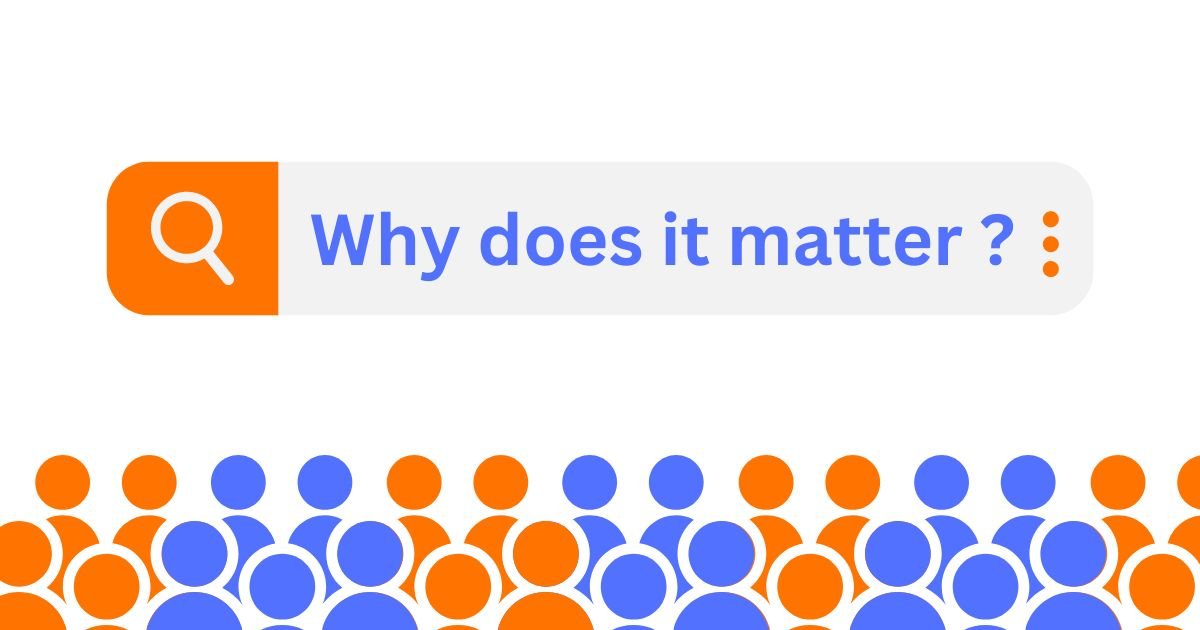
If you know about bounce rate, you would know how harmful and infuriating it can get.
When users land on your web pages when it doesn’t make any sense to them, that would push your bounce rate up.
In addition, semantic search doesn’t only help users, it can also help you make your content better for your customers or readers.
How is that you might ask. There has always been a strive to predict the criteria on which Google chooses the best-performing search results.
The criteria that help Google reach user satisfaction are the same criteria you can use to make your users content and trust you as an expert in your field.
Does Semantic Search Impact Search Engine Optimization?
Of course, it does, and it always will. When you are focused on optimizing your website for search engines, you would want to learn about the criteria that Google uses to rank your blog posts.
That criteria of course is born through the model of the algorithm Google uses to show search results.
Semantic search has introduced new SEO practices focused on semantically relevant keywords, header structure, and the simplicity with which you can deliver that knowledge.
How Does Site Search Relate to Commerce?
Search Engine Optimization and Conversion Rate Optimization have always been closely related.
Conversion rate optimization is the science of improving your website’s design and experience in order to maximize your conversion rate.
Top-converting companies spend at least 5% of their budget on Conversion Rate Optimization
Now SEO and CRO have a lot in common, which can be site speed, quality of web content, and ease of navigation. Most of that criteria can help your conversion rate increase and as a result, you will achieve much more sales.




